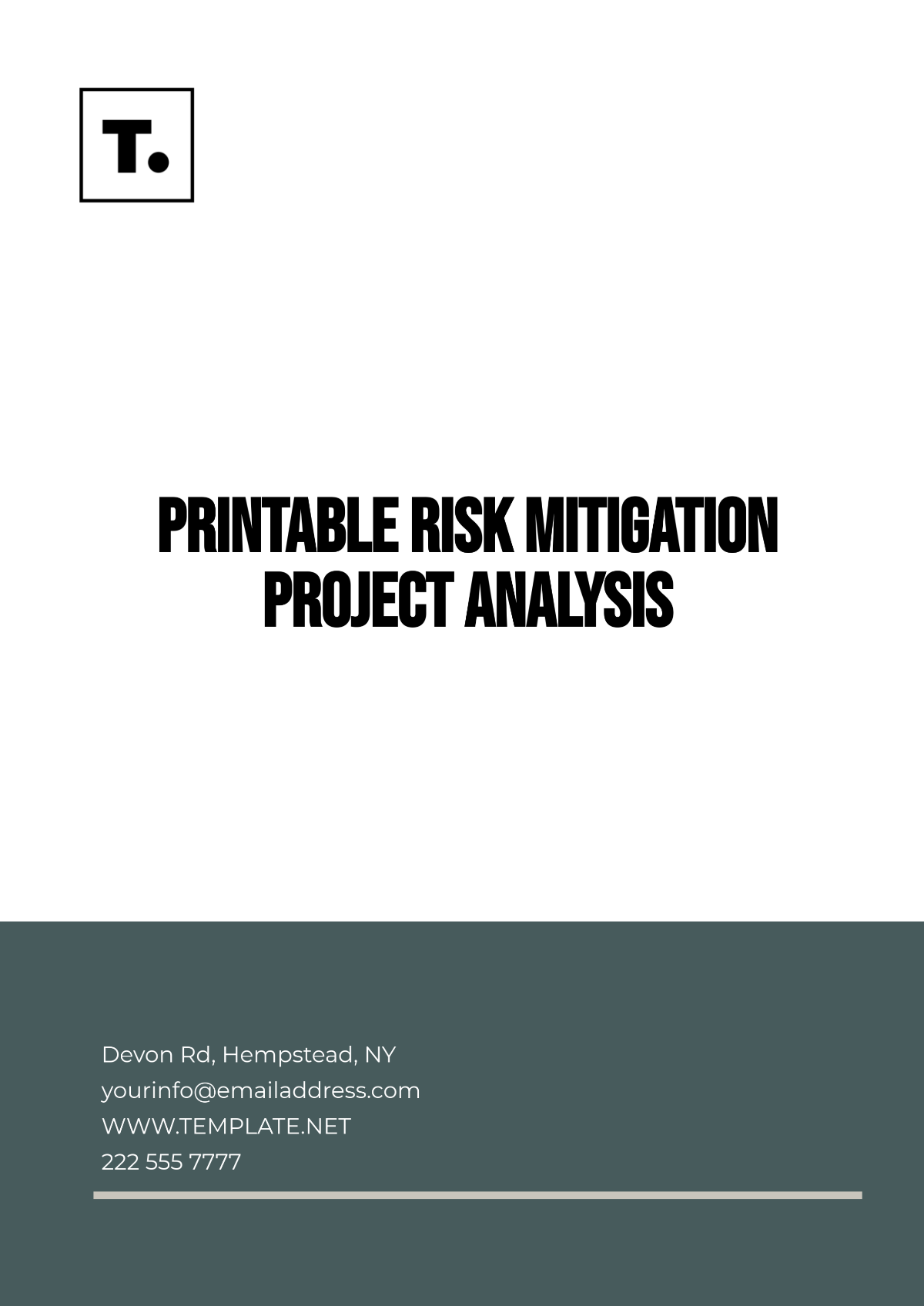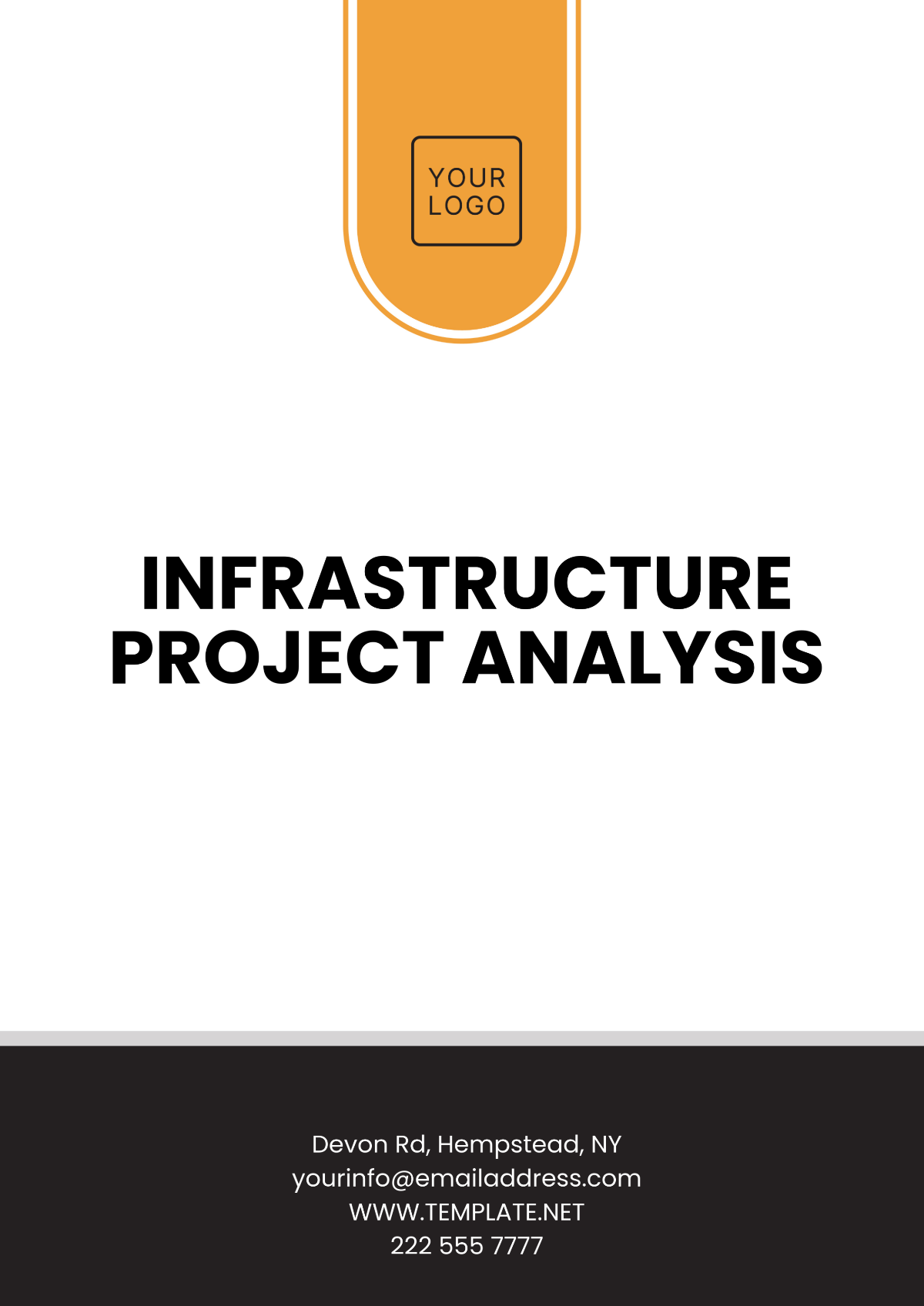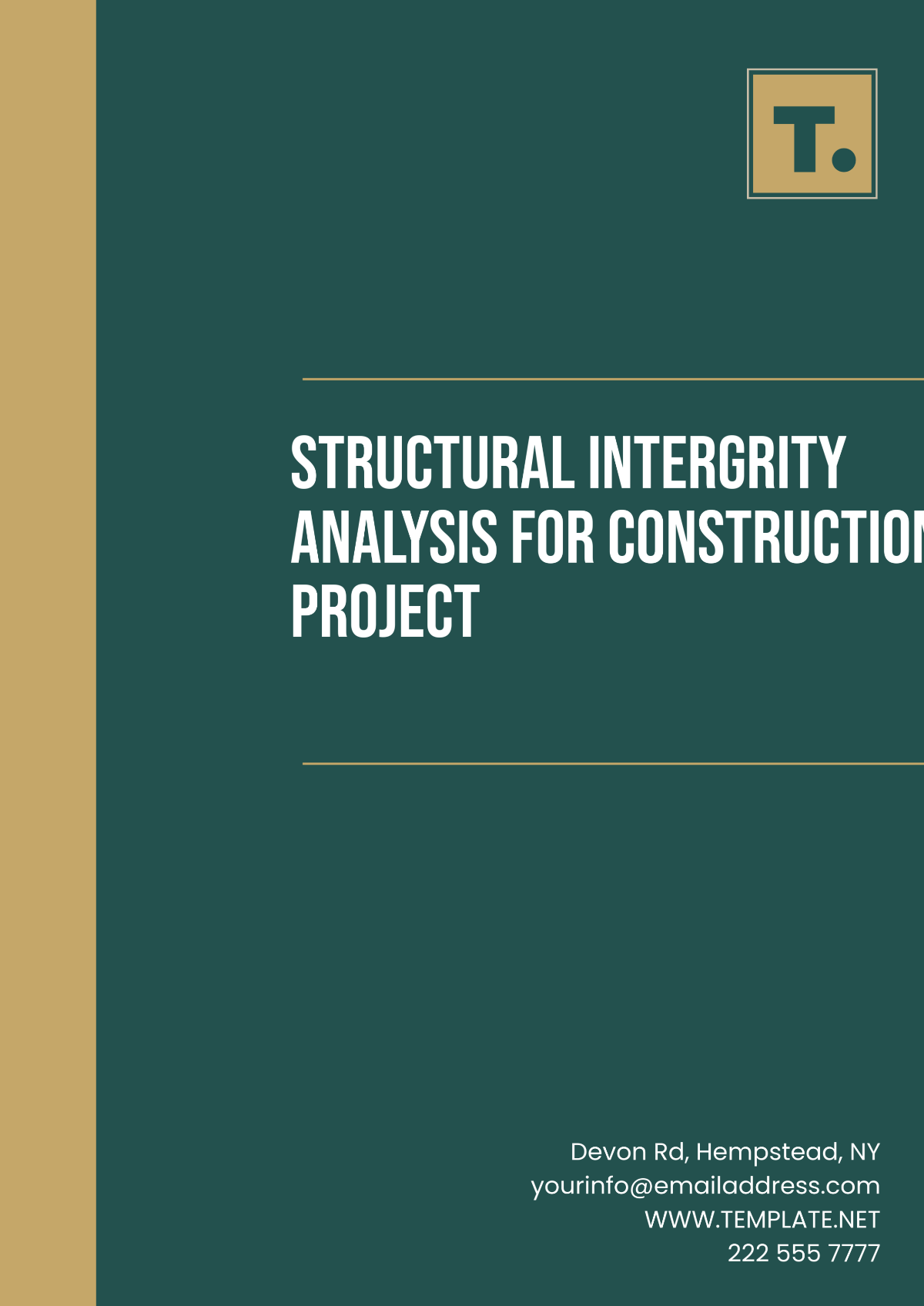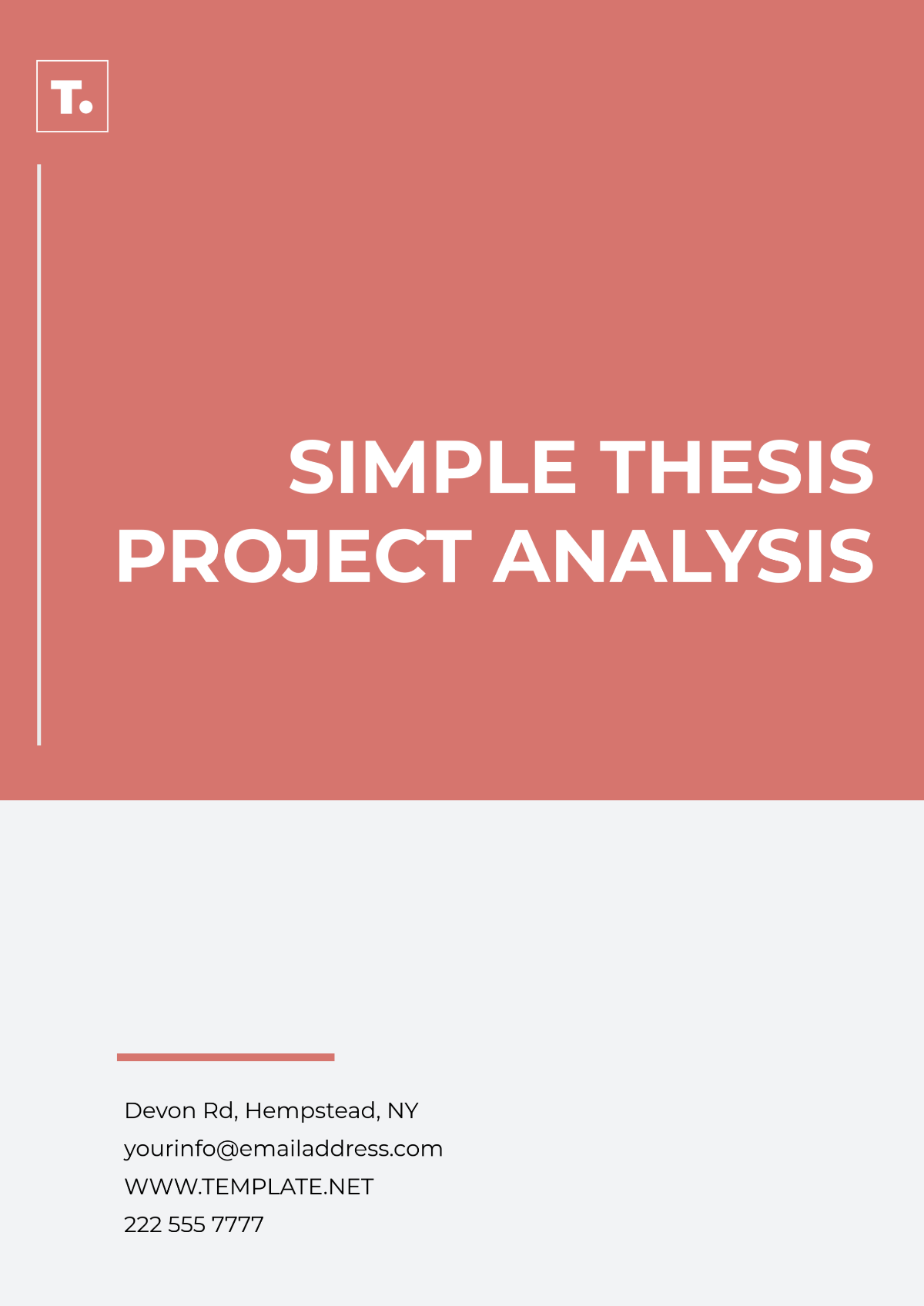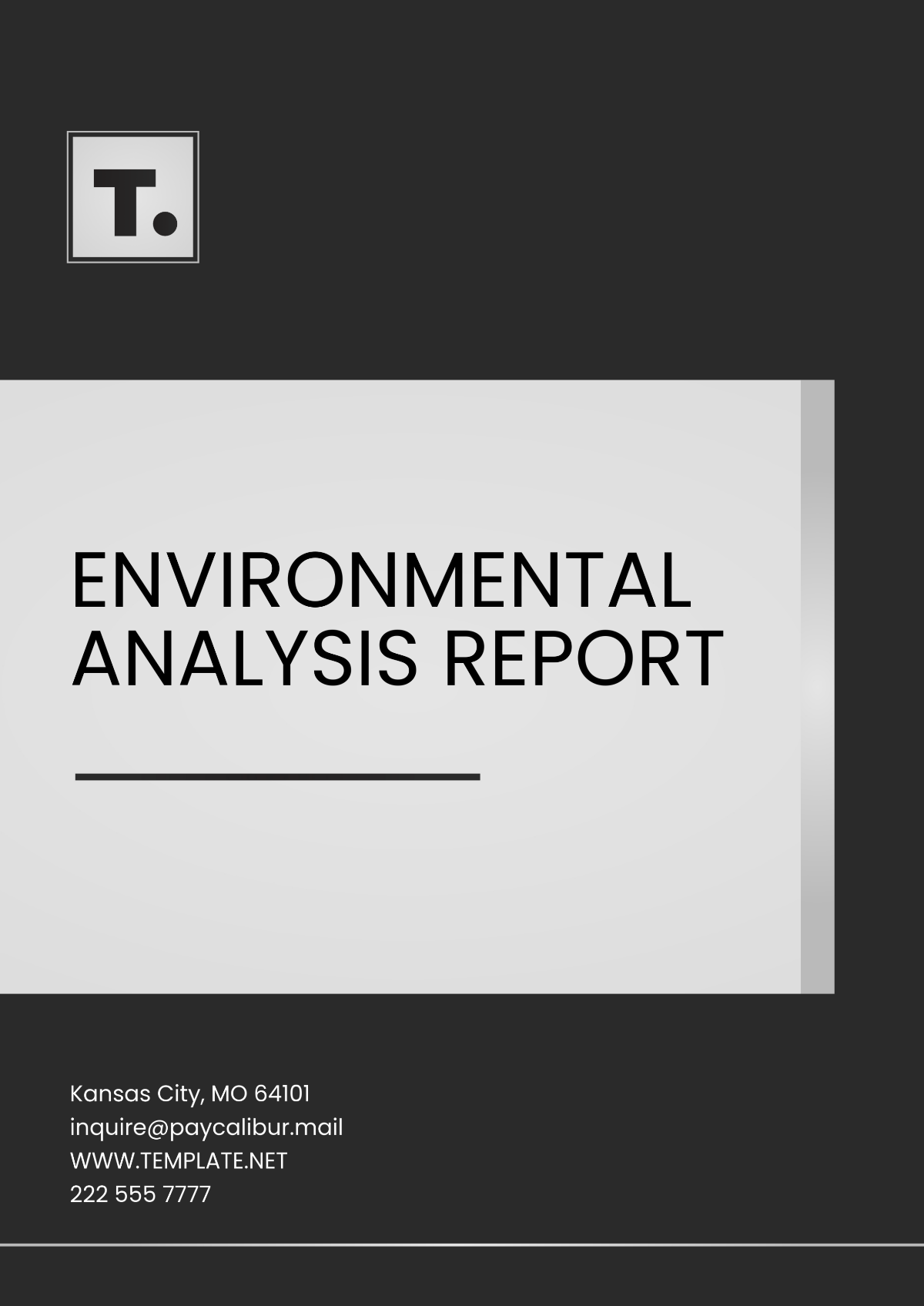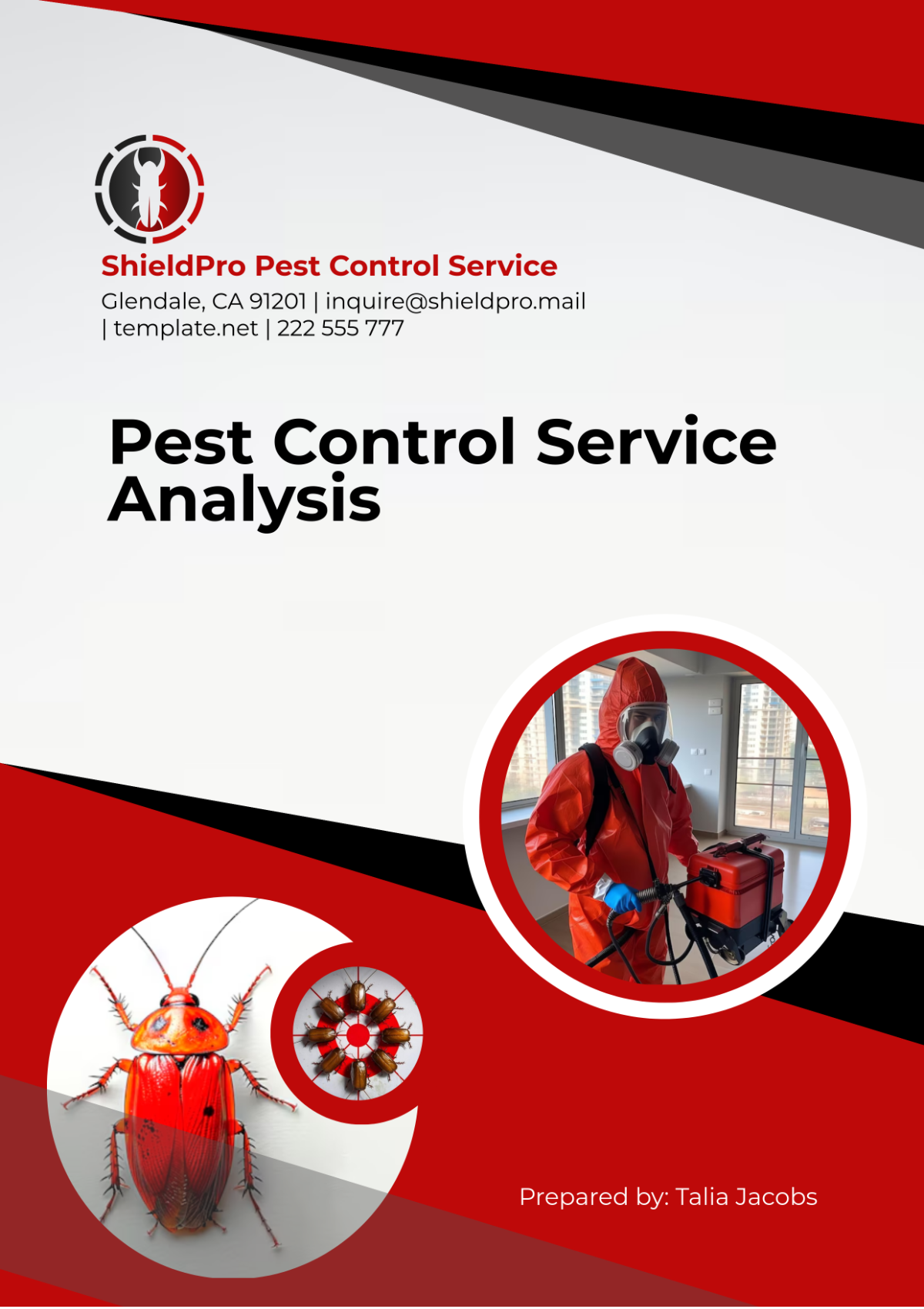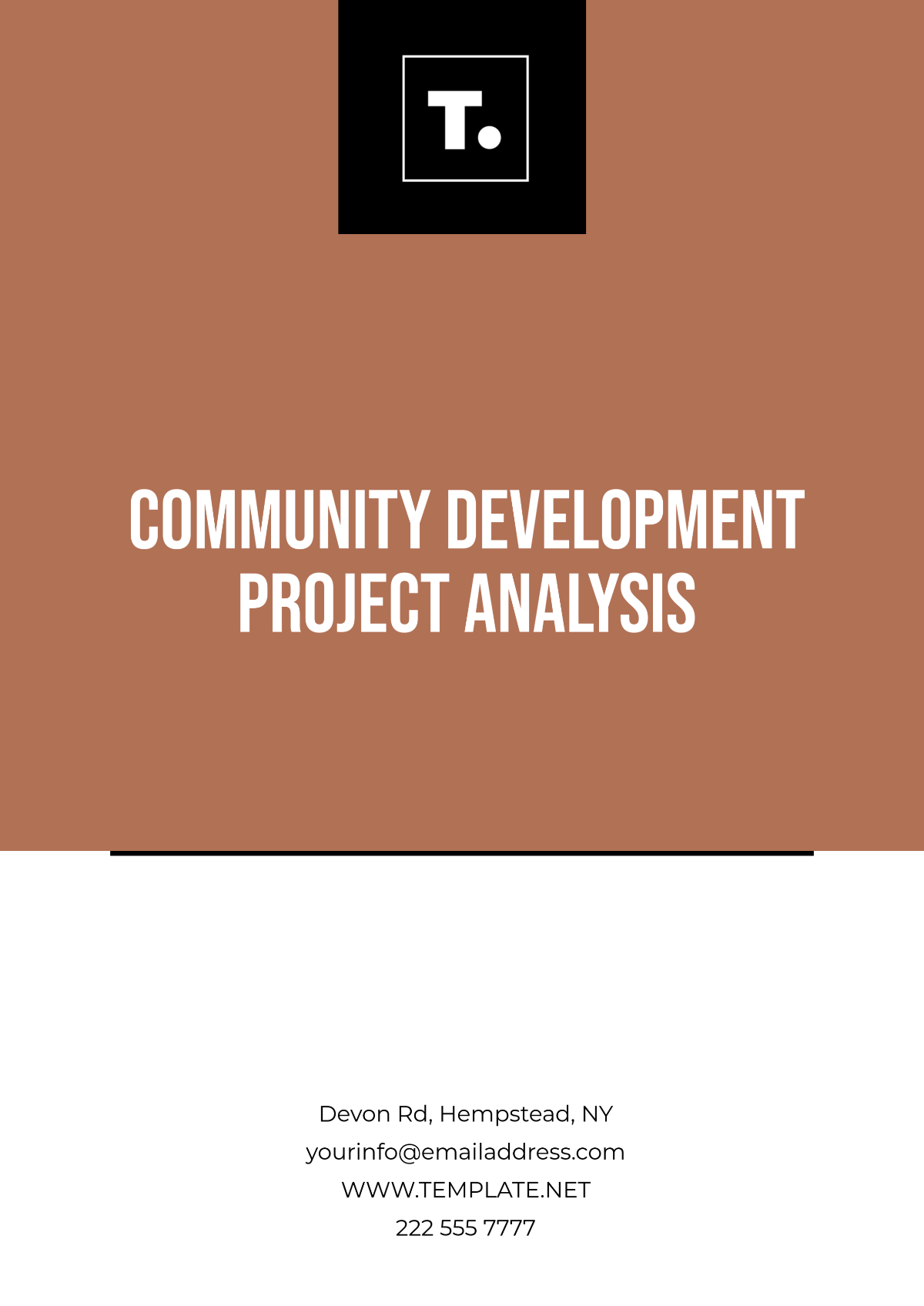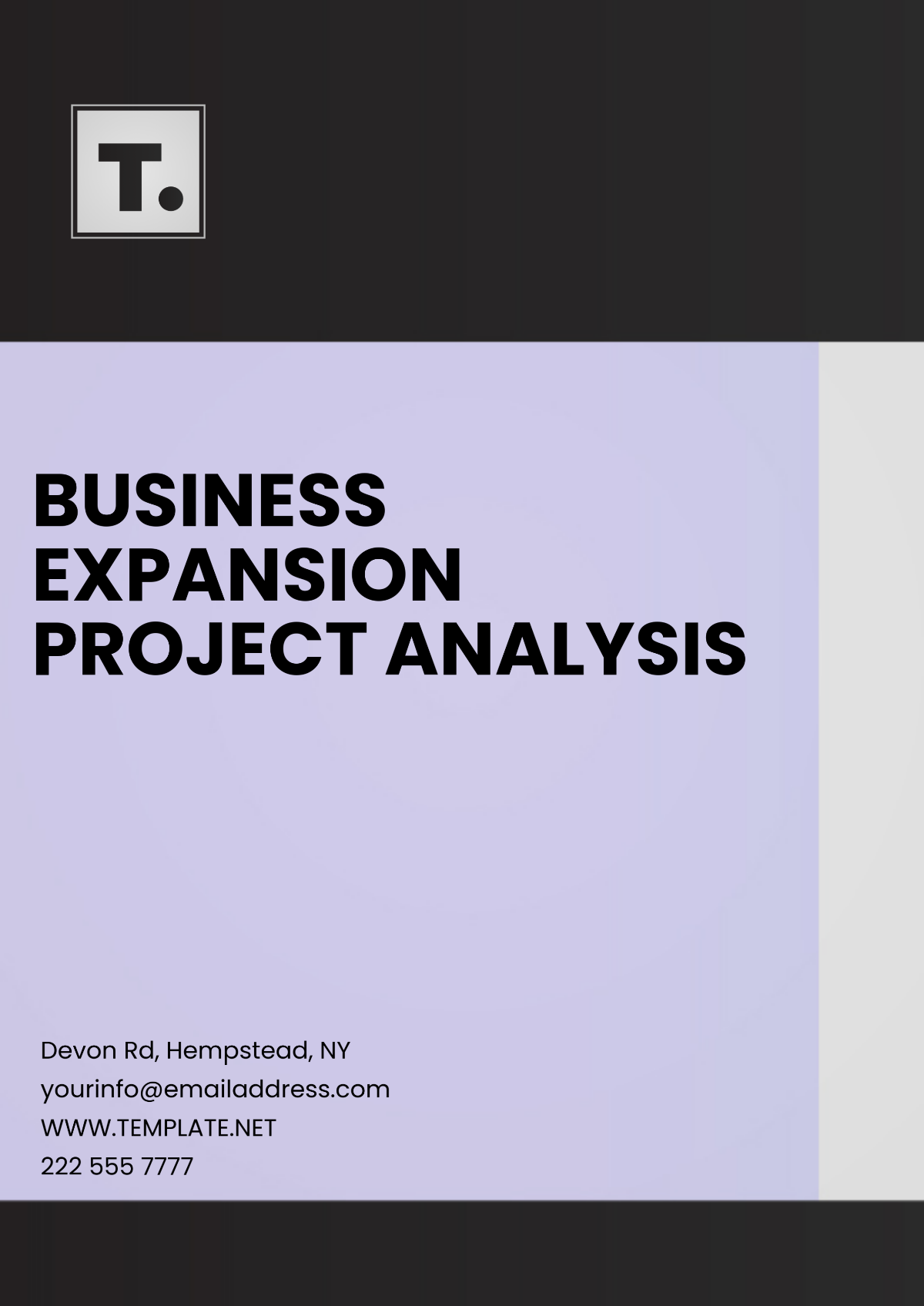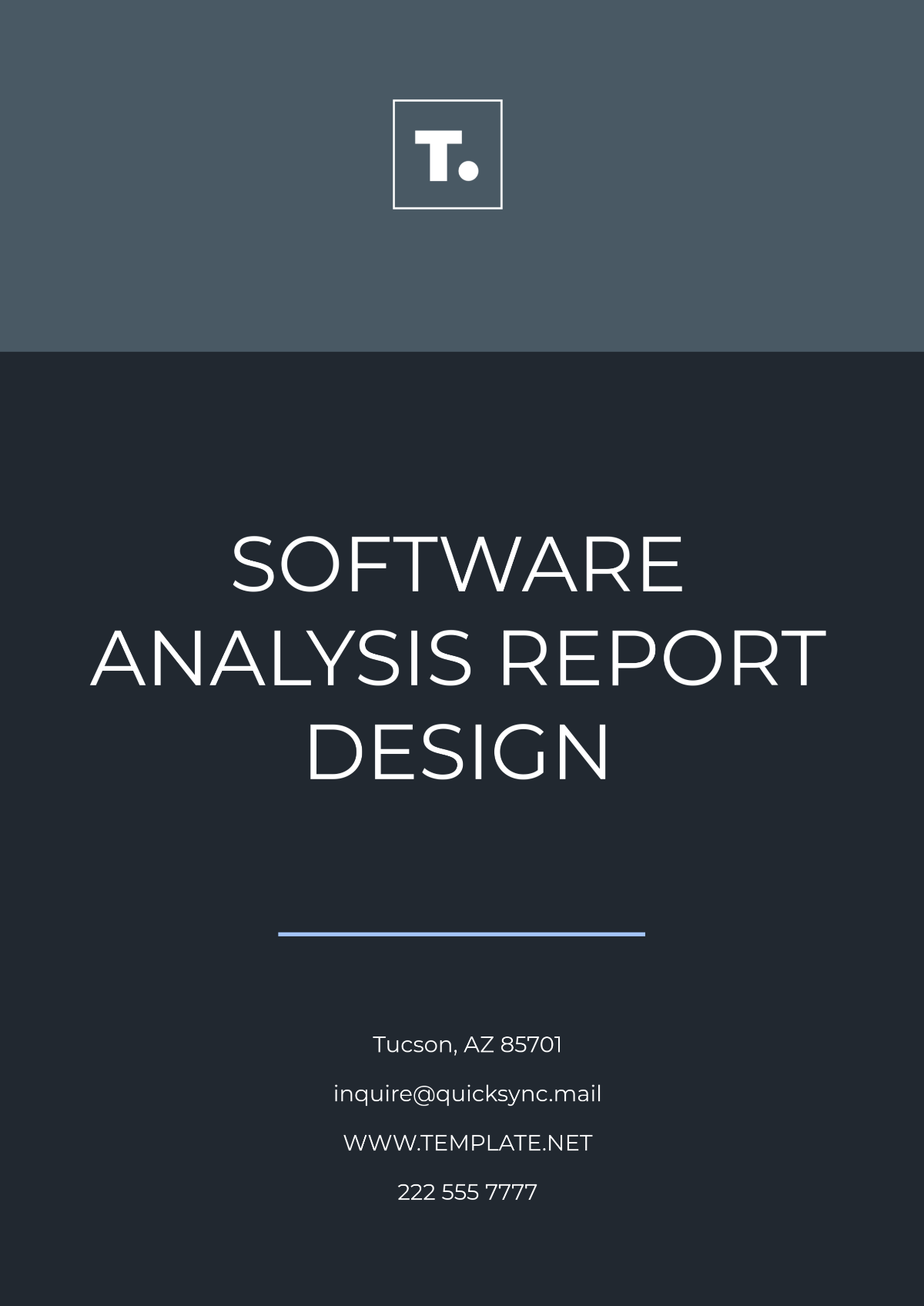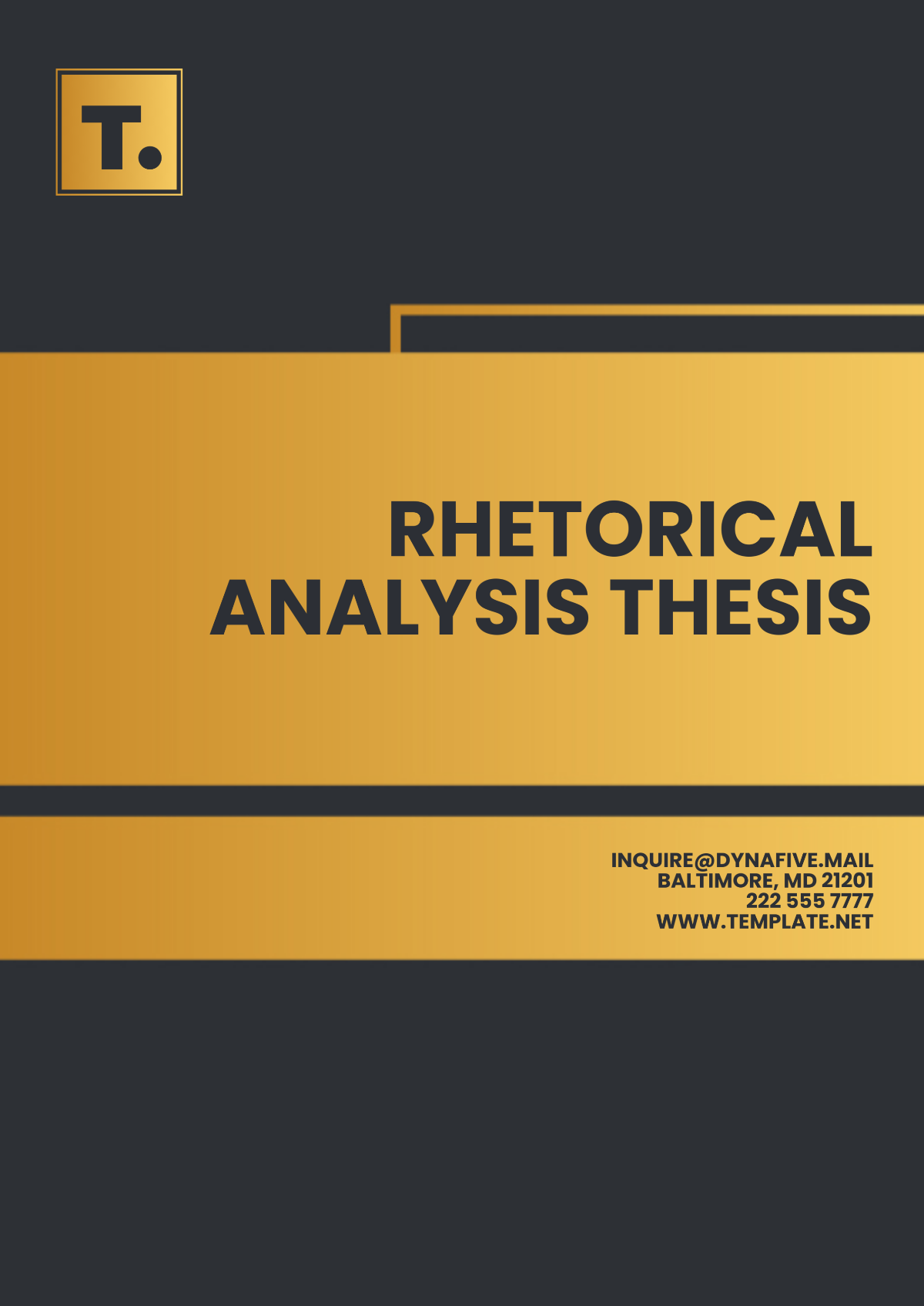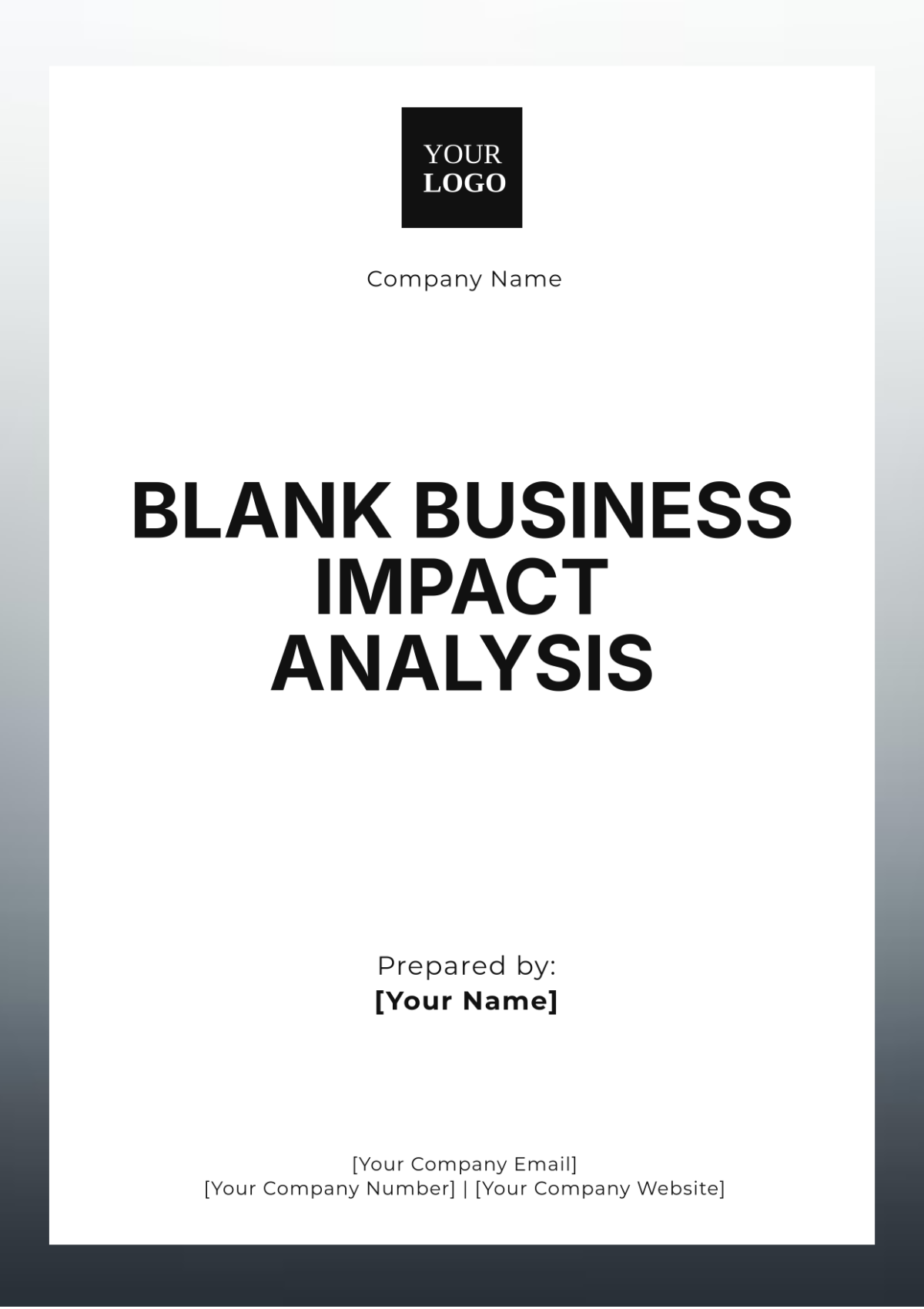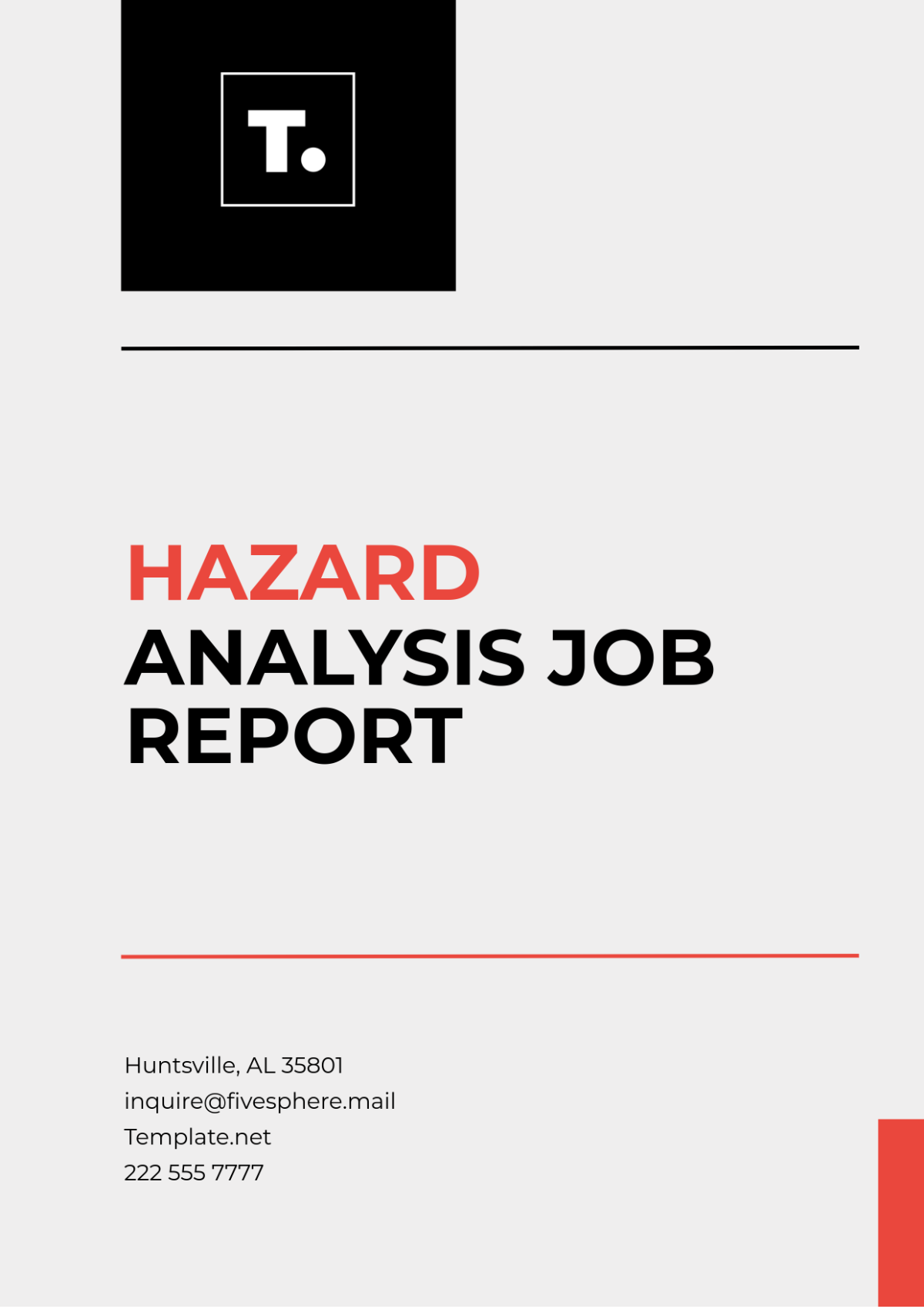Language Review Rhetorical Analysis
Introduction
The assessment of language and rhetoric is crucial in understanding the effectiveness of marketing materials, speeches, and other communication forms. This analysis will explore various elements such as emotional appeal, clarity, persuasiveness, and audience engagement. The insights derived will assist in honing communication strategies for better impact.
Emotional Appeal in Marketing
Emotional appeal plays a pivotal role in marketing strategies, as it influences consumer behavior. Effective use of language can evoke various emotions such as happiness, fear, nostalgia, or excitement, making the audience more likely to respond favorably.
Techniques for Emotional Appeal
Storytelling: Crafting relatable stories that resonate with the target audience
Imagery: Using vivid and descriptive language to paint a picture in the minds of the audience
Testimonials: Incorporating real-life experiences to build trust and authenticity
Clarity and Precision in Speeches
Speeches require clarity and precision to effectively communicate the intended message. The choice of words, sentence structure, and overall coherence are fundamental in ensuring the audience comprehends and retains the information presented.
Strategies for Enhancing Clarity
Strategy | Description |
|---|---|
Avoid Jargon | Using simple and familiar words helps in avoiding confusion among the audience. |
Short Sentences | Breaking down complex ideas into shorter sentences enhances understanding. |
Repetition | Repeating key points ensures that the audience retains critical information. |
Persuasiveness in Communication Forms
Persuasiveness is the ability to influence the audience’s thoughts, beliefs, or actions. It involves a strategic use of arguments, facts, and evidence to support the claims made. Ethos, Pathos, and Logos are the three pillars of persuasive communication.
Elements of Persuasion
Ethos: Establishing credibility and authority
Pathos: Appealing to the audience’s emotions
Logos: Using logical arguments and evidence
Audience Engagement
Effective communication involves engaging the audience and keeping them interested. Audience engagement can be achieved through interactive elements, addressing the audience directly, and using rhetorical questions to provoke thought.
Methods to Enhance Engagement
Method | Example |
|---|---|
Interactive Elements | Polls, quizzes, and live Q&A sessions |
Direct Address | Using "you" to make the audience feel personally involved |
Rhetorical Questions | Questions like "Isn’t that what we all want?" to stimulate thinking |
Conclusion
Assessing the effectiveness of language and rhetoric in various communication forms is essential for crafting impactful messages. By understanding and applying emotional appeal, ensuring clarity and precision, leveraging elements of persuasion, and enhancing audience engagement, communicators can significantly improve the efficacy of their messages. Continuous evaluation and adaptation of these strategies will lead to more successful interactions with the target audience.


